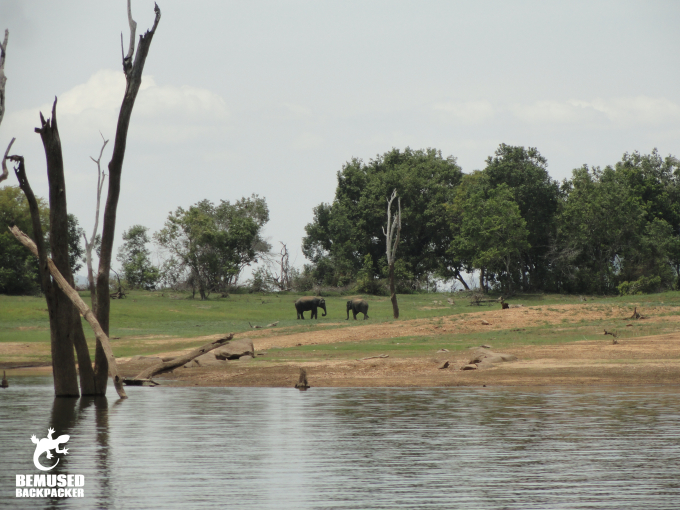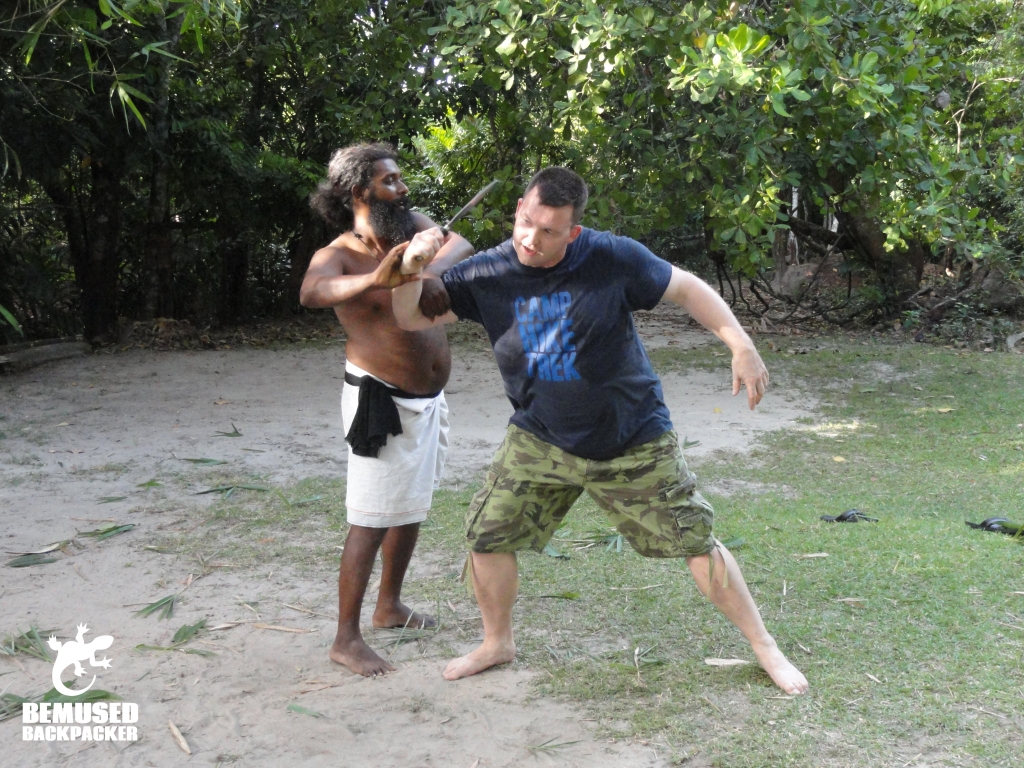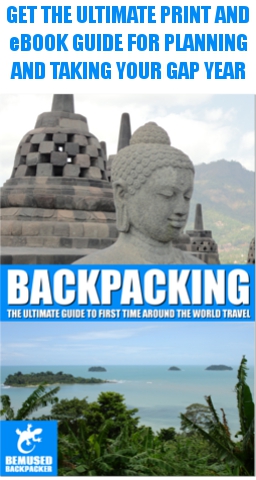
For such a relatively small country Sri Lanka has a hell of a lot packed into it, and over the last few years has exploded in popularity with travellers. Simply crammed with UNESCO world heritage sites and enough national parks and wildlife to be considered a biodiversity hotspot, Sri Lanka is a bewitching country that is changing fast and one that will enchant any visitor. There is a reason that the English word serendipity evolved from Serendib, the name that early Arab settlers gave to this tiny piece of paradise, and once you visit Sri Lanka you will know exactly why!
Crammed with hot, wildlife filled jungle and lush, rolling tea plantations, Sri Lanka is framed by some of the most pristine beaches this side of the Indian ocean, and its predominantly Buddhist culture gives the entire country a unique flavour that permeates through to every aspect of local life. But this melting pot of cultures has far more influences than simple Buddhism, with huge British, Portuguese, Dutch and other colonial powers still making their presence felt, and strong Arab, Malay, Hindu and many other settled cultures having a strong influence on the culture and the cuisine.
Sri Lanka is quite simply an amazing country, and with huge development in cities such as Kandy and Colombo, it is one that is changing fast.

Culture And Etiquette.
In very general terms Sri Lanka is quite westernized in large parts, it is very easy going and English is widely spoken to some extent at least, so travellers to Sri Lanka aren’t going to have a huge culture shock in the same way they would in neighbouring India.
Sri Lanka is still however a largely conservative culture, open displays of affection are frowned upon and a more conservative form of dress is generally preferred. You don’t need to go overboard of course, just be respectful. Politeness and manners are seemingly prized above all else here, and the Sri Lankan people are generally polite to a fault, you will go far if you mind your P’s and Qs. Please be aware though that this does not extend to the western value of privacy, or rather the Sri Lankan people do not see it as impolite to ask a barrage of what many in the west would see as personal questions. Where are you from? What do you do? Are you married? They aren’t being nosy or impolite, they are generally just interested in you.

Although there are Hindu, Christian, Islam and other religions present in Sri Lanka, the country is predominantly Buddhist, and if you are visiting any Buddhist temple or monument, you will be expected to follow many of the rules. You will of course have to remove all shoes and headgear, and cover up your legs and shoulders. Carrying around a shawl or a scarf is usually a good idea for this if you aren’t appropriately dressed, but many temples will also be able to give you a sarong or something similar to help you. It is also highly offensive (and technically illegal) to pose with your back to a Buddha statue, so be careful with those selfies. Strangely however the Sri Lankans tend to be far more lax on other rules such as pointing your feet toward a statue of Buddha.
As in the majority of places, respect and manners go a long, long way, and if you do make a faux pax people can be very forgiving and open to teaching you.
What You Need To Know.
Visas.
Most countries including the UK require a visa to enter Sri Lanka.
Transit visas (less than 48 hours) for UK citizens are free, but a tourist visa costs anywhere between $25 USD and $100 USD depending on your nationality.
The easiest and cheapest option is to go to the official Sri Lankan electronic visa (ETA) website, choose your visa type and pay for it online. You should then get it electronically within 24 hours (if not sooner). If you are unable to get one online, you can still obtain an ETA on arrival at the airport, this just involves more queues, more delay and more bureaucracy, and of course costs a little more.
If you want to stay longer than the 30 day tourist visa, you can get this extended by 3 months at the Department of Immigration, but you can only do this twice.
Health.
Any traveller should already have the full course of routine vaccinations that are provided throughout childhood and early adulthood. The UK provide these free on the NHS and are often given routinely. If for some reason you do not have any of these, or if you are unsure, then go and see your GP or nurse at a travel clinic.
On top of your routine vaccinations and boosters, Tetanus is strongly advised for Sri Lanka.
Hepatitis B, typhoid and rabies are sometimes recommended based on a travellers individual needs and what they will be doing, especially those in high risk groups, such as those who will be working with animals or spending extended periods in rural areas away from medical facilities. Speak with the nurse or doctor at a local travel clinic to see if you are at risk.
There is no risk of yellow fever in India, but proof of vaccination is still mandatory if you are coming from an area where it is prevalent.
Malaria is low to no risk through the entire country and antimalarials are not normally recommended. Dengue fever is a significant risk how and anti mosquito measures are advised at all times.
Read more:
The Ultimate Guide To Travel Vaccinations.
Crime and Safety.
Despite the fact that the civil war with the Tamil Tigers ended almost a decade ago now, Sri Lanka’s reputation for safety in the West is still not great. The good news is, the fighting ended a LONG time ago and Sri Lanka is a very safe place to travel to.
Crime rates are relatively low in Sri Lanka, and muggings, theft and violence are all quite rare. It is still sensible to take reasonable precautions for your own safety and security however, just as you would do at home, but on the whole travellers have very little to worry about.
The biggest problems travellers will face in Sri Lanka will come in the form of scams and hassle from touts. Touts swarm around tourist sites and can sometimes be pretty relentless. This is a major pain, but provided you are aware of them and how to deal with them, so not pose much risk or danger.
Read more:
The Reality Of Fear And The Truth About Travel Safety.
Top 10 Solo Female Backpacker Safety Tips.
Costs and money.
The main currency in Sri Lanka is the rupee. ATMs are prevalent here – especially in the larger cities such as Colombo, and you should not have any problems finding a bank that services your network. Plastic is also accepted to a large extent in the cities and more developed areas, but less so in more rural spaces. It is still a good idea to carry a card or two as emergency back up though, but as always cash and local currency are both king and queen.
Thanks to a huge surge in popularity Sri Lanka is hardly a budget destination any more, and like many places in south Asia prices for travellers have crept up quite a lot in recent years. Saying that however you can still travel relatively cheap here if you plan carefully and budget well. An extreme budget traveller, sticking to the cheapest hostels, street food only and public transport can probably get by on between £15 – 20 GBP a day (but this would leave zero room for activities), for a little more comfort, a private room in a hostel or guesthouse, the occasional restaurant, entrance fees and activities at least once a day and so on, you could live relatively well on around £20 – 40 a day. As always the sky is the limit for prices of high end hotels and luxury travel.
It is the activities and entrance fees that are really going to hit your budget hard, with activities and entrances to national parks or archaeological sites typically costing £20 or more thanks to the dual pricing system.. So make sure you budget well specifically for this.
When to go.
Sri Lanka is a tropical country very close to the equator, so temperatures are pretty constant all year. The only things you need to concern yourself about are the two monsoon seasons, the Maha monsoon season from October to January in the East and the North, and the Yala monsoon season from May to August in the South and West. These are still very good times to visit Sri Lanka but may affect coastal areas and activities such as diving or sailing, so it is worth checking if you want to do those.
Places To See.
Colombo.

Most people skip Sri Lanka’s capital, dismissing it as overcrowded and polluted, and simply dismissing it as a convenient transit stop for the rest of the must see sites around the country, but this is a huge mistake. Columbo is a vibrant, evolving city that is well worth a few days of your time.
Pollonaruwa.
Get a glimpse into Sri Lanka’s past with the stunning collection of ruins, art and architecture from the Sinhalese culture. Just be careful about taking photos around the Buddha statues, as it is illegal to pose with your back to them!
Kandy.
Sri Lanka’s second city, Kandy is a personification of the Sinhalese culture and a perfect place to explore a deeper cultural side to the country.
Gal Oya National Park.

Gal Oya National Park isn’t as famous or well visited as some of its more touristy neighbours like Yala or Udawale, but this spectacular stretch of stunning and unique ecosystems is all the more special for that. Located between Kandy and Ella, Gal Oya National Park is Sri Lanka’s largest body of water and is surrounded by protected land that wildlife not only thrive on, but are actually genuinely protected.
The river safaris that travellers can go on here are unique in the fact they are on the water and give a different perspective to wildlife watching, but are also the absolute pinnacle of responsible wildlife tourism. The guides set the rules that the animals come first, not the tourists, and do not guarantee any sightings, they just say you are lucky for whatever nature decides to show you. Luckily because this protected paradise is so wildlife friendly, seeing truly wild animals in their natural home is not impossible, you will just see them from a good distance.
Sigiriya.
Sigiriya is an ancient rock fortress located near Dambulla, a vast archaeological complex located on top of a huge column of rock. Known to locals as the 8th wonder of the world, it is one of Sri Lankas most iconic sites and biggest tourist attractions, and rightly so, but with that comes huge crowds. Get here as early as possible before it opens at 0800 to be among the first to climb the seemingly never ending staircase up the mountain, the crowds are so intense by lunchtime it is overwhelming.
Nine Arches Bridge.

The Nine Arch Bridge, also known poetically as the Bridge in the Sky, is a fascinating example of colonial era architecture in between Ella and Demodara train stations. It is easy to hike up through the jungle and see the bridge itself, and even walk across it when there are no planned trains coming! Or if you prefer to actually ride over it simply head to one of the train stations and get one of the regular trains.
Worlds End.
The hike across Horton plains plateau isn’t too hard and takes around 3 – 4 hours at a leisurely pace there and back, and it is genuinely a pleasnt hike among some stunning jungle and picturesque waterfalls, but it is the sheer cliff face that plunges almost a thousand metres at worlds end that you are really there for. You have to get there early, between 6 am and 9 am, or your view will be obscured by mist, but you really do get the sense that you are standing right on the edge of the world.
Ella Wala Falls.

There are a lot of truly stunning waterfals in Sri Lanka, and this one, near the Ella Wellawaya road, is not the biggest or the most spectacular, but it is still a truly special place that not many people know about, which gives it a real ‘hidden’ feeling and a strong likelihood that you will be the only ones there to enjoy a dip in the natural pool.
And if you are really lucky you may get to meet the guardians of the falls too!
Things To Do.
Practice some Yoga.

Yoga wasn’t quite invented in Sri Lanka, but it’s not that far off! With so many retreats and schools dotted around the country there is no excuse not to get yourself a little bit fitter and more flexible with this holistic form of exercise.
Play some cricket.
Just shout the word Cricket and within 30 seconds you will be surrounded by a dozen players with cricket bats, a wicket will have been set up and someone will be hurling a fast ball at your head. Just kidding, but everyone goes crazy over this traditional English sport here, and there are always a few games being played at local parks. Wander up and see if you can join in!
Go on a safari!

Sri Lanka is renowned for having one of the most biodiverse and species rich countries on the planet, and there are a ton of safaris you can go on to spot elephants, leopards, whales, birds and a whole host of other wild animals.
It is really important that you do your research first as not every safari or wildlife attraction is as responsible or sustainable as it claims to be, and you really do get a wide range of quality, from the outstanding Gal Oya national park to the awful and universally slated Pinnawala Elephant Orphanage, just please do your research first and only support places that truly help conservation efforts and care for the wildlife.
Heal yourself with some Ayurveda.

Ayurveda is Sri Lanka’s unique and ancient form of traditional health care and medicine, and there is no better place to try it than in it’s home country. There are plenty of Ayurvedic centres all over the country, from small local clinics to entire retreats, so there is something for everyone’s tastes and needs.
Practice some ancient martial arts.

Angampora is the traditional indigenous martial art of Sri Lanka, and is one that is truly inspiring to watch. There are a number of places where you can go to train and not only benefit from the health, fitness and security aspects of learning a martial art but also get a unique cultural insight into Sri Lanka in the process.
If you have the time I genuinely recommend taking root for a little while and spending some time immersing yourself in studying this ancient art, even if you aren’t used to martial arts training and are a complete beginner, there will be classes for all levels and I guarantee you will get so much out of it.
Get your adrenaline pumping with some adventure sports.

With so many amazing waterfalls, canyons, raging rivers and mountains, it was only really a matter of time before someone decided that abseiling down them or hurtling along the rapids in a boat was a good idea, and they weren’t wrong!
Sri Lanka is the perfect place to partake in a few adventure sports in a stunning location and at a genuinely reasonable price, especially compared to doing these activities anywhere in the West, which is not cheap. So abseil down a waterfall, ride some rapids and do some canyoning or climbing, whatever your particular taste is Sri Lanka will not dissapoint you.
Related Articles.
Dropping Out And Living The Yoga Life In Sri Lanka.




